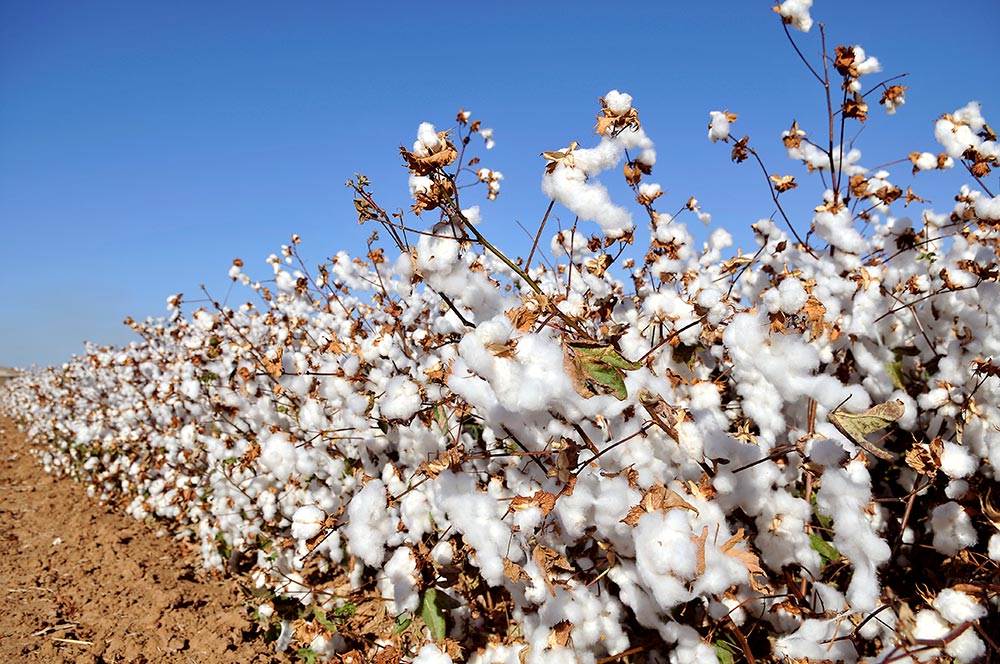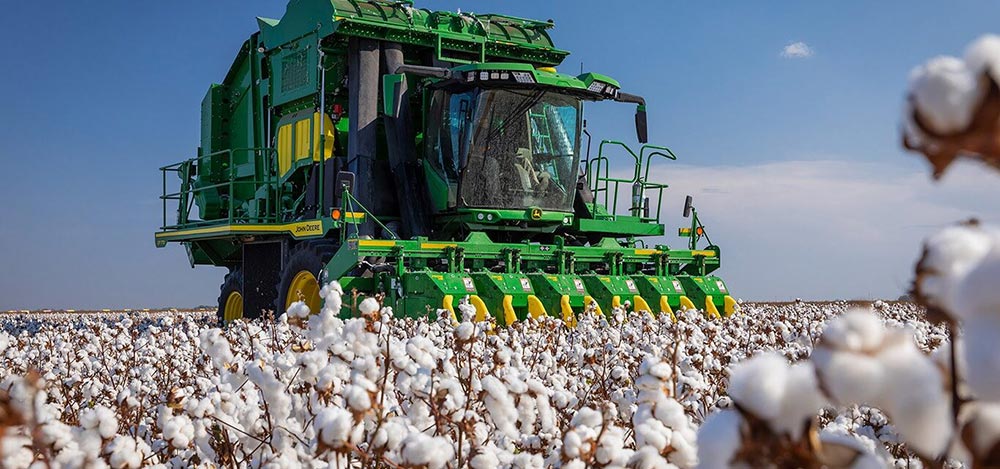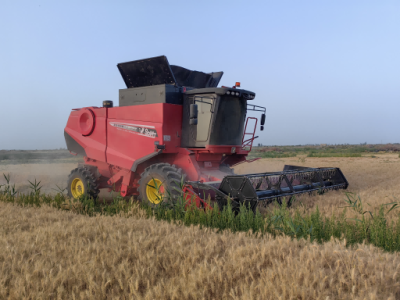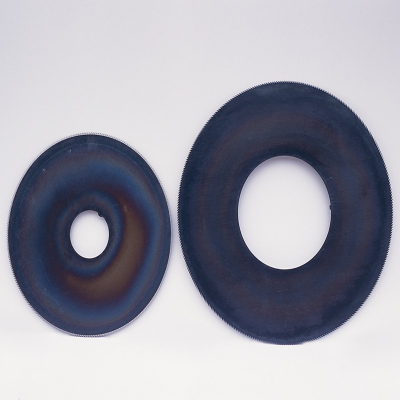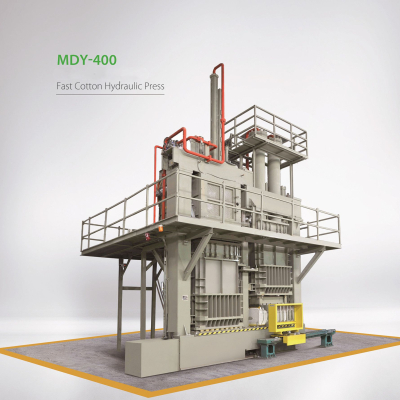The internal and external price gap is inverted again, and the import supply of cotton is inhibited.
The internal and external price gap is inverted again, and the import supply of cotton is inhibited
Cash Commodity:
Xinjiang market cotton prices increased slightly, up 50 yuan/ton or so, 3128B Xinjiang machine-picked cotton 16000-16050 yuan/ton, hand-picked cotton 16150-16200 yuan/ton. The price of cotton in the mainland market increased slightly, up 50-100 yuan/ton, 3128B Xinjiang machine-picked cotton 16400-16650 yuan/ton, hand-picked cotton 16650-16850 yuan/ton, and 3-level cotton double 28 price 16200-16300 yuan/ton.
In the New Year, cotton continued to be listed, a large number of imported cotton arrived, commercial inventory levels continued to rise, and supply pressure increased. The amount of new cotton processing is far more than last year, but the cost of lint is high, and the disk is facing greater hedging pressure; Downstream textile enterprises go with the flow, but finished product inventories remain high.
The port US cotton M1-1/8 customs clearance yuan price rose 100 yuan/ton to 16,700 yuan/ton, and the market delivery increased slightly. At present, the quotation of 2023 Brazilian cotton M1-1/8 in Qingdao Port is 15900-16000 yuan/ton, 88.5-89.5 cents/pound. 2022 US cotton GC31-3-37 quote 17050-17150 yuan/ton, US dollar quote 95.5-96.5 cents/pound; 2023 Australian cotton SM1-5/32 quote 17100-17200 yuan/ton, US $quote 93-94 cents/pound. Due to the rise in futures, the basis is temporarily stable, so the market import cotton quotation slightly increased, some textile enterprises rigid demand searching goods, market transactions, delivery slightly boosted.
Analysis:
Supply: From a global point of view, Brazil significantly increased production in 23/24, Pakistan recovered to increase production, but the output of other major producing countries have declined to varying degrees, among them, China, the United States and Turkey have reduced production significantly, the overall presentation manifests as a pattern of production reduction.
Focusing on the domestic, on the one hand, with the concentrated listing of new cotton and the volume of imported resources, the medium-term cotton supply pressure has increased significantly, while the midstream cotton yarn inventory is at a high level in recent years, and has not yet seen the inflection point, before its effective decolonization will still form a greater pressure on the industrial chain. On the other hand, the recent internal and external price difference is inverted again, which may inhibit the long-term cotton import supply, and the downstream factory continues to decline, which is also conducive to the long-term supply reduction of finished gauze.
Demand:
Overseas, the high interest rate environment has been maintained for more than a year, causing lasting harm to overseas textile demand, Vietnam, India, Pakistan and other major textile countries start-up load continues to decline, reflecting the reality of overseas demand recession. With the start of the US fiscal tightening cycle, overseas demand may face further downward pressure in the future.
On the domestic side, hort-term overseas phased inventory replenishment is expected to marginally improve exports. However, the negative feedback loop formed from weak demand and low profits, remains unresolved from the grassroots level. The key to effective destocking may still lie in seasonal domestic demand increment. It is worth noting that the Central Economic Work Conference emphasized the continued expansion of domestic demand, with intensified efforts from the fiscal side, anticipation can be placed on the future consumption of textile and apparel.
In general, the reservoir of the cotton textile industry chain is much smaller compared to previous years. There is a demand for inventory replenishment in weaving factories before the festival, but the intensity and sustainability of this demand remain uncertain. It is recommended that companies with high inventory levels focus on selling their products opportunistically to reduce their positions. In the current situation, considering options trading in conjunction with hedging strategies could be considered. In the future, particular attention should be paid to the destocking of cotton yarn.

